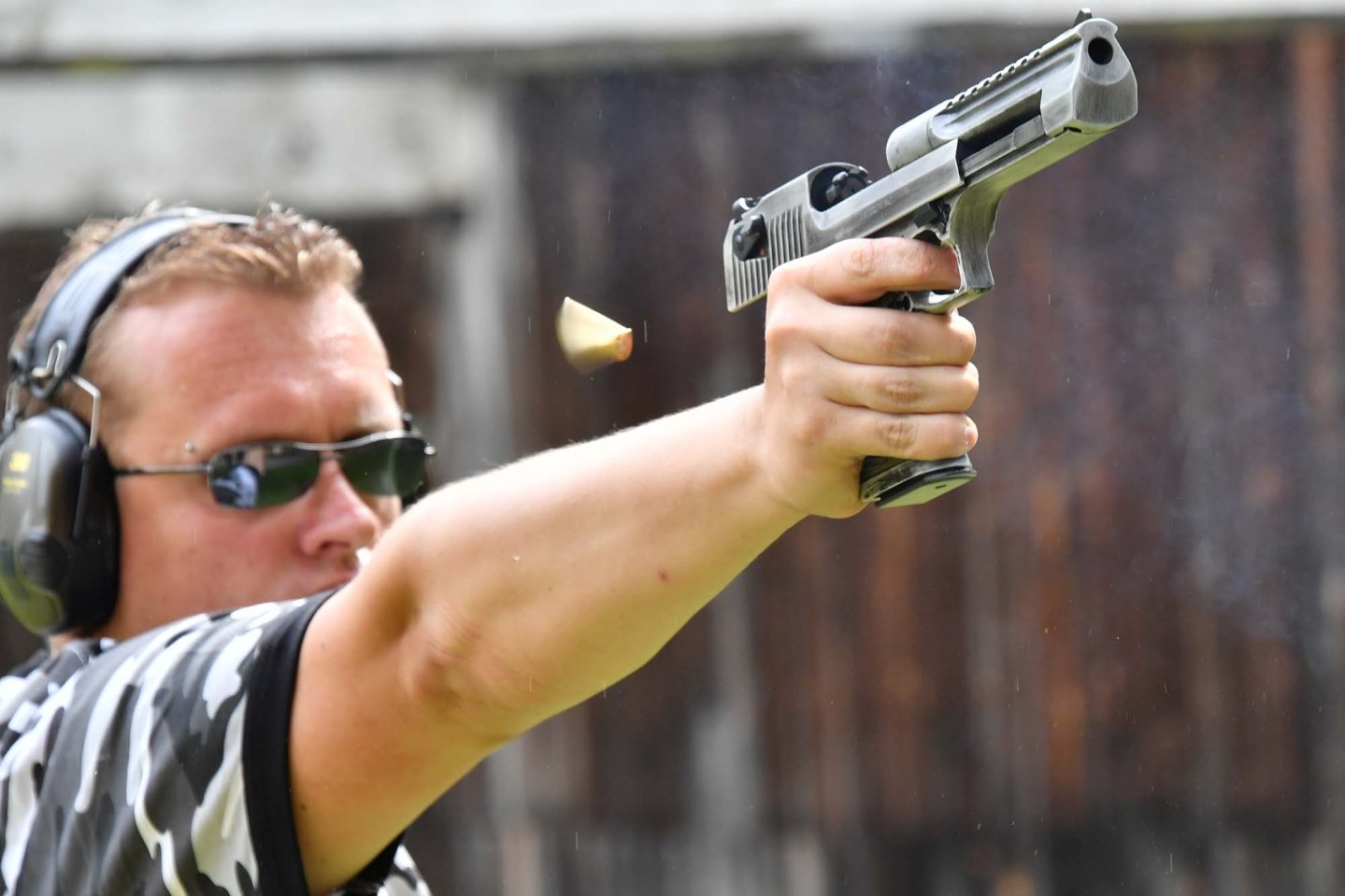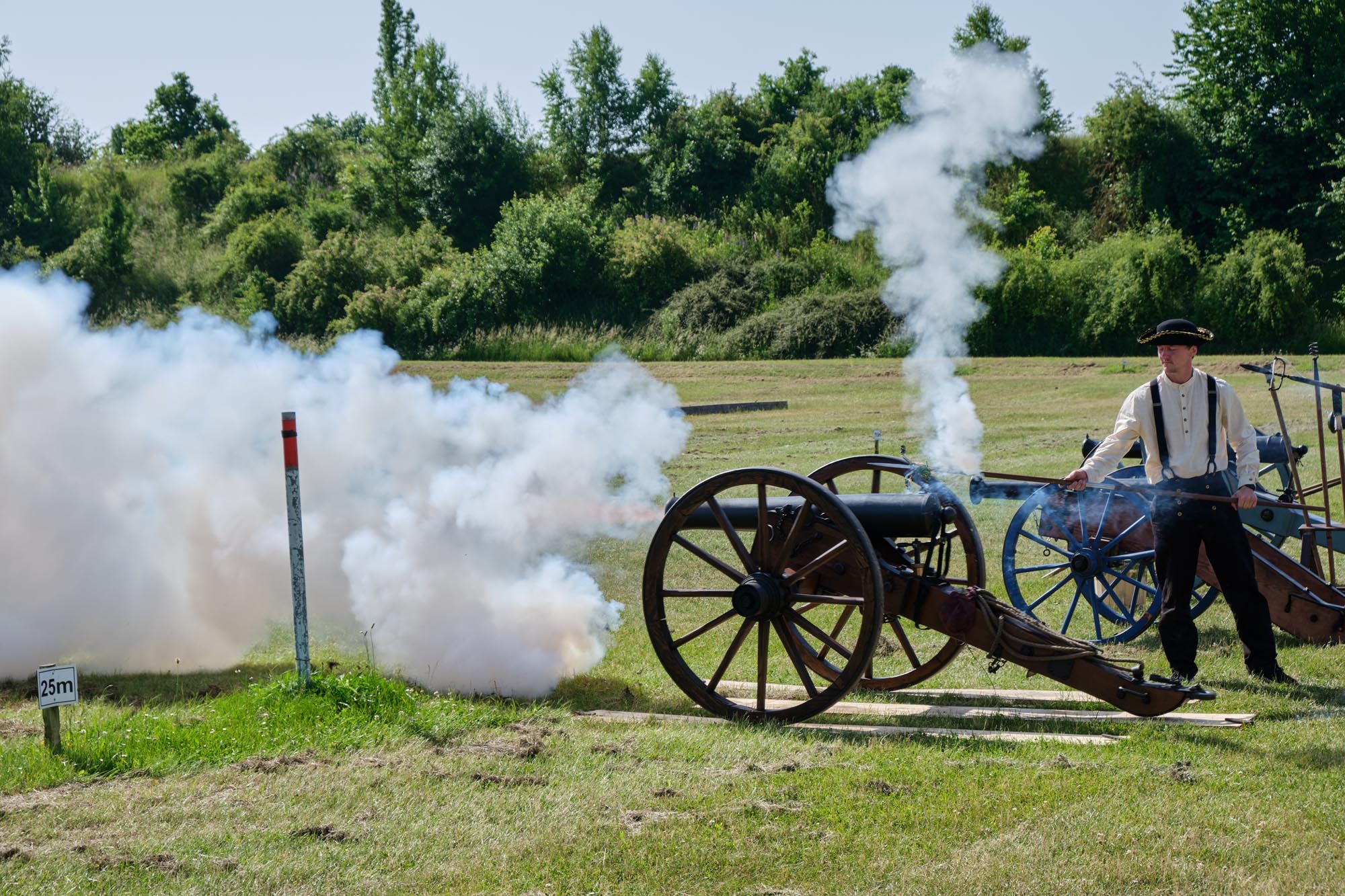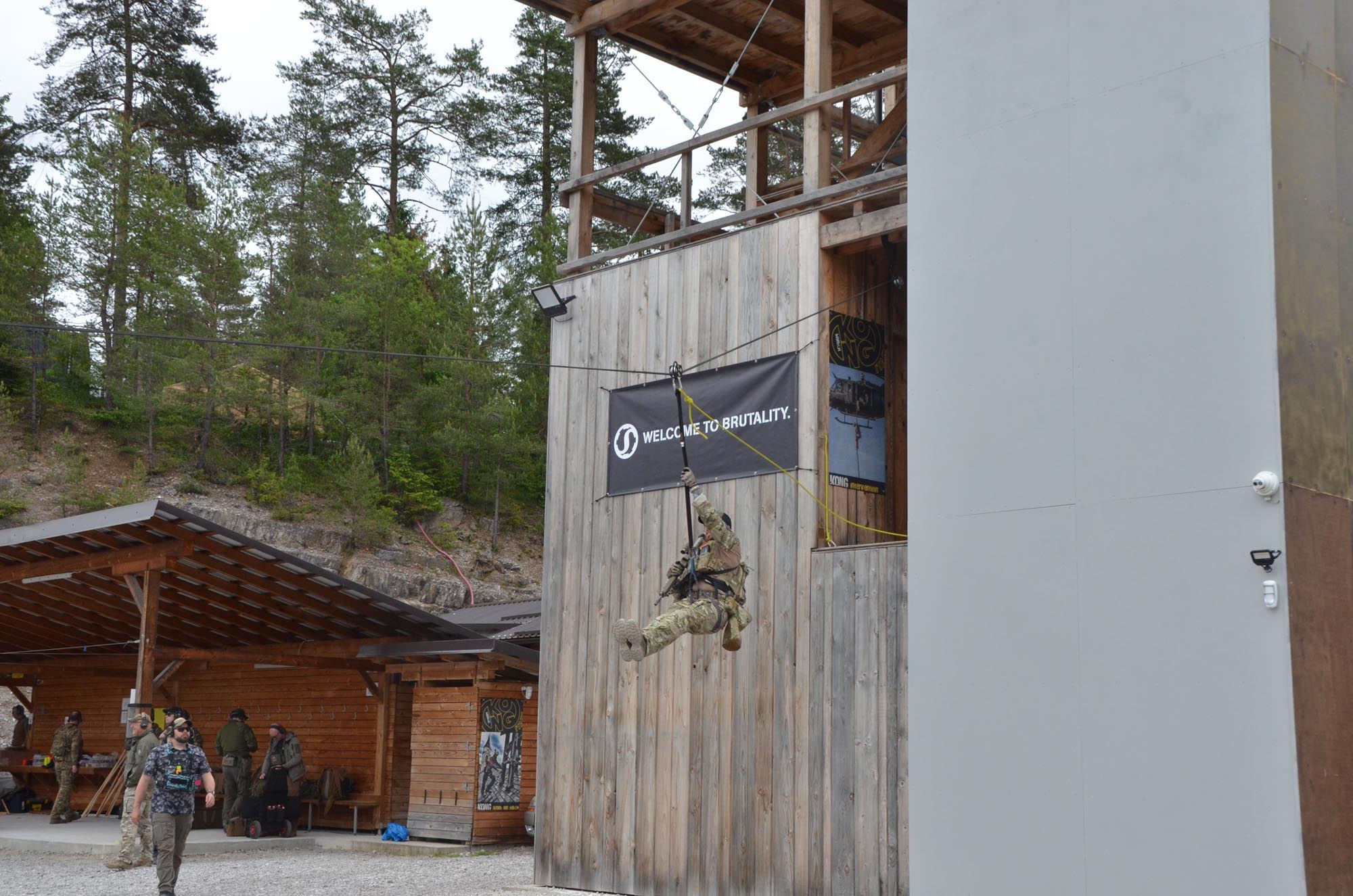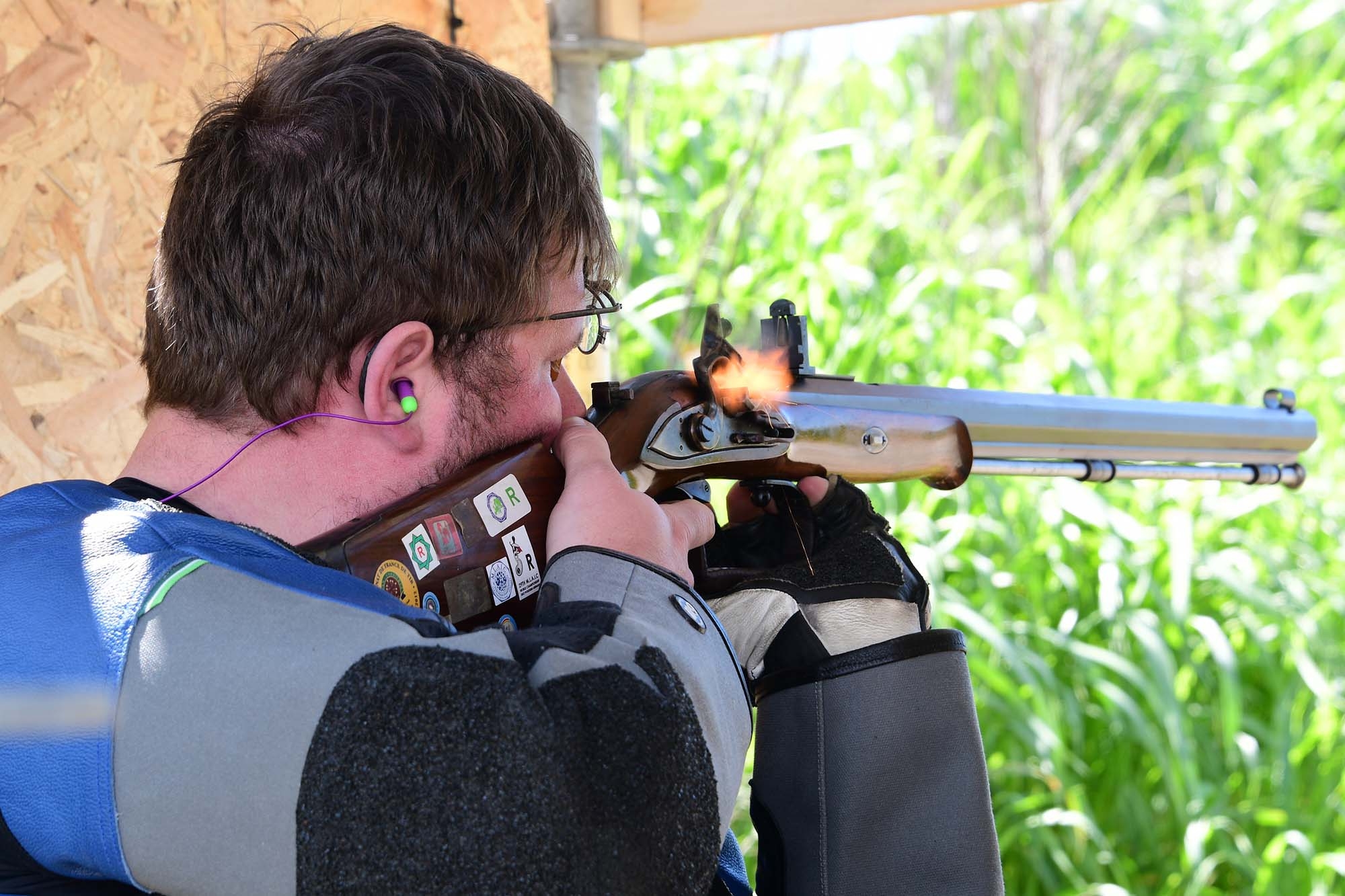
They are called thought shortcuts. They are often useful, because they help us make quick decisions about how to behave.
I can't spend days in a library looking for the chemical compositions of toothpastes every time I have to buy one. Anti-gun communication experts, however, exploit heuristics with good reason: they use them to mislead people.
I notice that when I try to interact with some fervent opponents of self-defense with legally owned guns.
Content doesn't matter, just the process – that is, the defensive mechanisms and the ever-present bias.
Here the media and pacifist organizations play a fundamental role of reframing and intoxication of information.
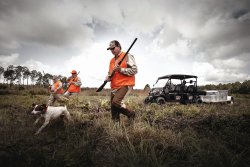
Media coverage of a murder committed with firearms is much greater than a murder committed by other means. More permanence online, better indexing, better placement in a newspaper (proximity to the first page, position of the article on the page, even or odd page and more).
Especially on TV, or in talk shows, almost exclusively events related to the criminal use of firearms are reported; mass shootings, etc., never events related to the self-defense use of guns. This leads the average viewer to quickly and easily remember the criminal use of firearms only.
Consequently, depending on the heuristics of availability, the man in the street will think that murders/crimes are more likely committed using firearms than with other means.
This fact is refuted by serious statistics and academic researches. But other factors are involved, such as conditioning and anchoring: people will associate firearms exclusively with criminal use.
Also the "work" of certain analysts – often linked to clearly anti-gun political parties – and their social pages or websites points in this direction: disseminating information functional to produce the "availability bias".
The fact that they almost always censor every comment and any evidence to the contrary even from sites and institutional bodies (e.g., the FBI) is a demonstration of the above.
We have already talked about the mechanism of consensus.
Heuristics of representativeness
It occurs when a piece of information is overestimated. It leads to ignoring the actual probability of a phenomenon.
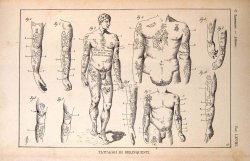
This happens in particular when information is suggestive, vivid, capable of "arousing emotion". When a crime is committed with firearms, newspapers and the media very willingly insist on certain details. Let's see which ones: whether the murderer has tattoos, has right-wing political sympathies, is – or presumed to be – racist, or practices martial arts. If the criminal is fond of guns, that's immediately reported; the same if the bad guy likes knives. If the criminal is – or has been – a hunter too, the journalists will have a field day with it. It doesn't matter if it's true: just say in the article “probably fond of...” or “with a hunter background”.
Why? To apply negative stereotyping.
Let's see with a neutral example actually used during a psychology experiment (Kahneman and Tversky, 1973).
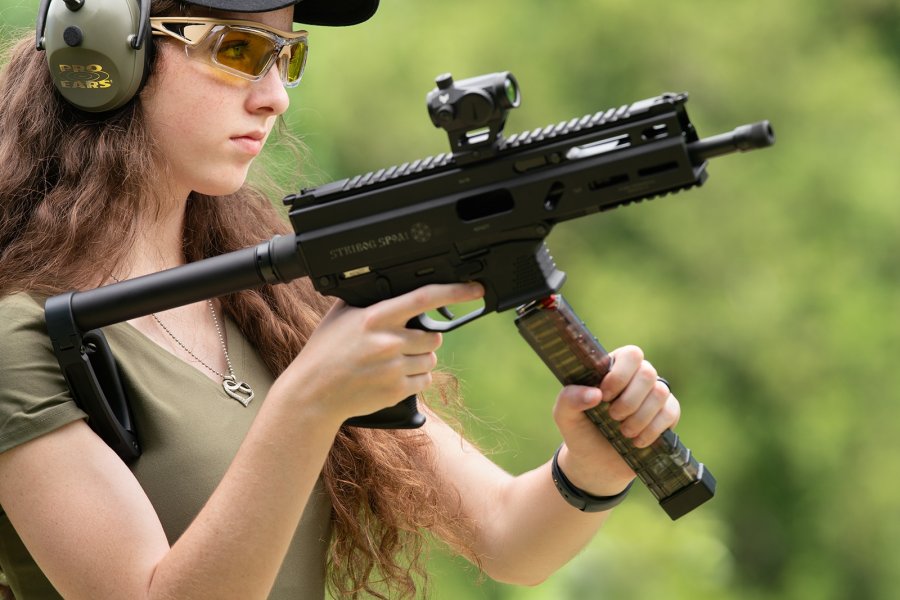
"Jack is 45 years old. He is married with four children. He is generally conservative, careful and ambitious. He shows no interest in political and social issues and spends his free time on his hobbies”.
The experimenter tells the first test group: "This description is taken at random from a series of psychological interviews conducted with 70 engineers and 30 lawyers: in your opinion, what are the chances that the person described is in fact an engineer or a lawyer?"
According to the members of both groups, there was a 90% chance Jack was an engineer. Even if the experimenter had clearly given the numbers to calculate the actual probability that he was an engineer (70% or 30%)!
Now it's easy to transfer the same concept to newspaper articles: instead of making a real statistical calculation of how many legal gun owners (including LEOs and hunters) commit murder compared to the general population, the media prefer to give information about hobbies and personal characteristics of the subject.
Anti-gun heuristics: first conclusions
There are several heuristics – today we've seen two of them. Actually, we all have them. The important thing is to be aware of how they work. Only in this way you can realize what data, what information you should look for to limit the consequences on your brain, but above all to understand when someone is exploiting heuristics to bring systematic errors in reasoning.


